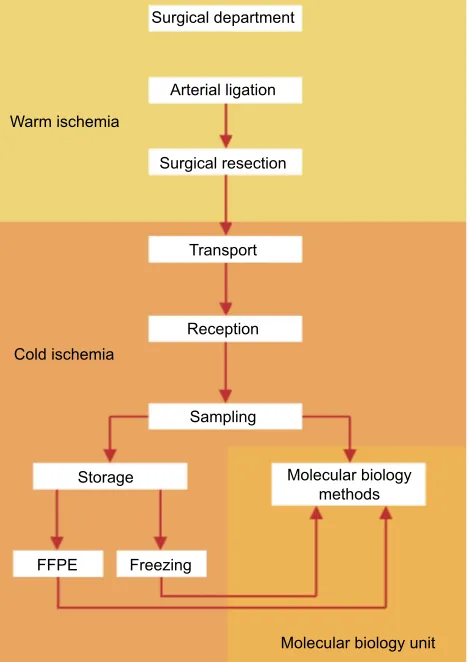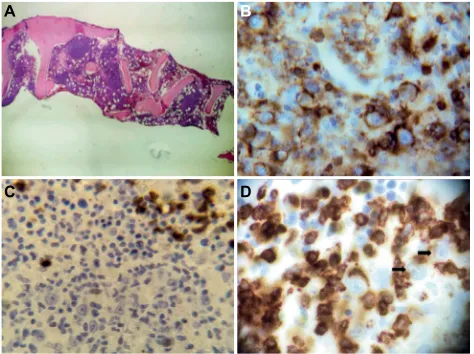The role of the pathology department in the preanalytical phase of molecular analyses
Full text
Figure



Related documents
The paper is discussed for various techniques for sensor localization and various interpolation methods for variety of prediction methods used by various applications
Мөн БЗДүүргийн нохойн уушгины жижиг гуурсанцрын хучуур эсийн болон гөлгөр булчингийн ширхгийн гиперплази (4-р зураг), Чингэлтэй дүүргийн нохойн уушгинд том
19% serve a county. Fourteen per cent of the centers provide service for adjoining states in addition to the states in which they are located; usually these adjoining states have
diagnosis of heart disease in children. : The role of the pulmonary vascular. bed in congenital heart disease.. natal structural changes in intrapulmon- ary arteries and arterioles.
Field experiments were conducted at Ebonyi State University Research Farm during 2009 and 2010 farming seasons to evaluate the effect of intercropping maize with
reported the first published case of an adult toxic epidermal necrolysis patient with ureteropelvic mu- cosa damage, haematuria, extensive ureteral mucosal sloughing, and acute
It was decided that with the presence of such significant red flag signs that she should undergo advanced imaging, in this case an MRI, that revealed an underlying malignancy, which